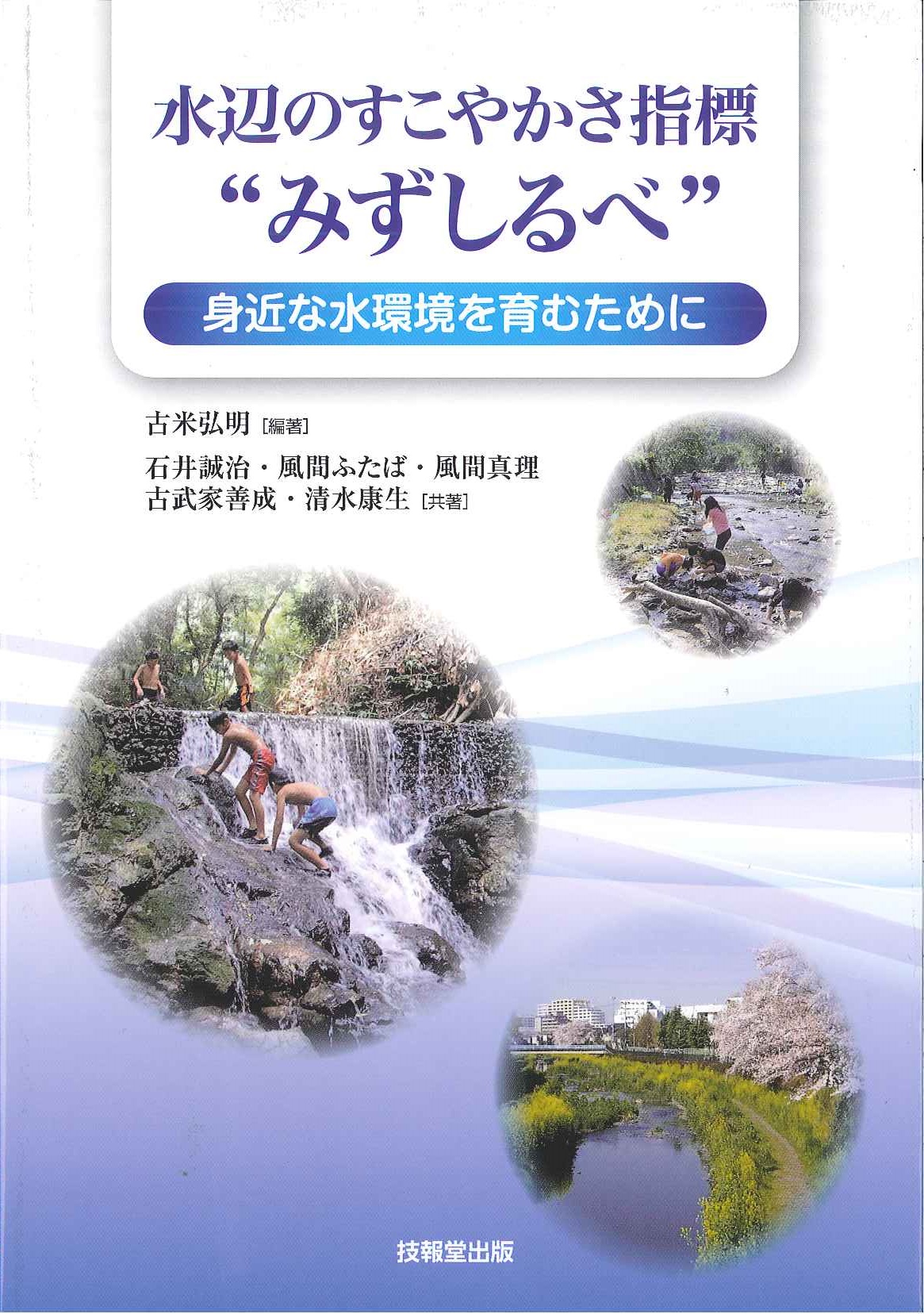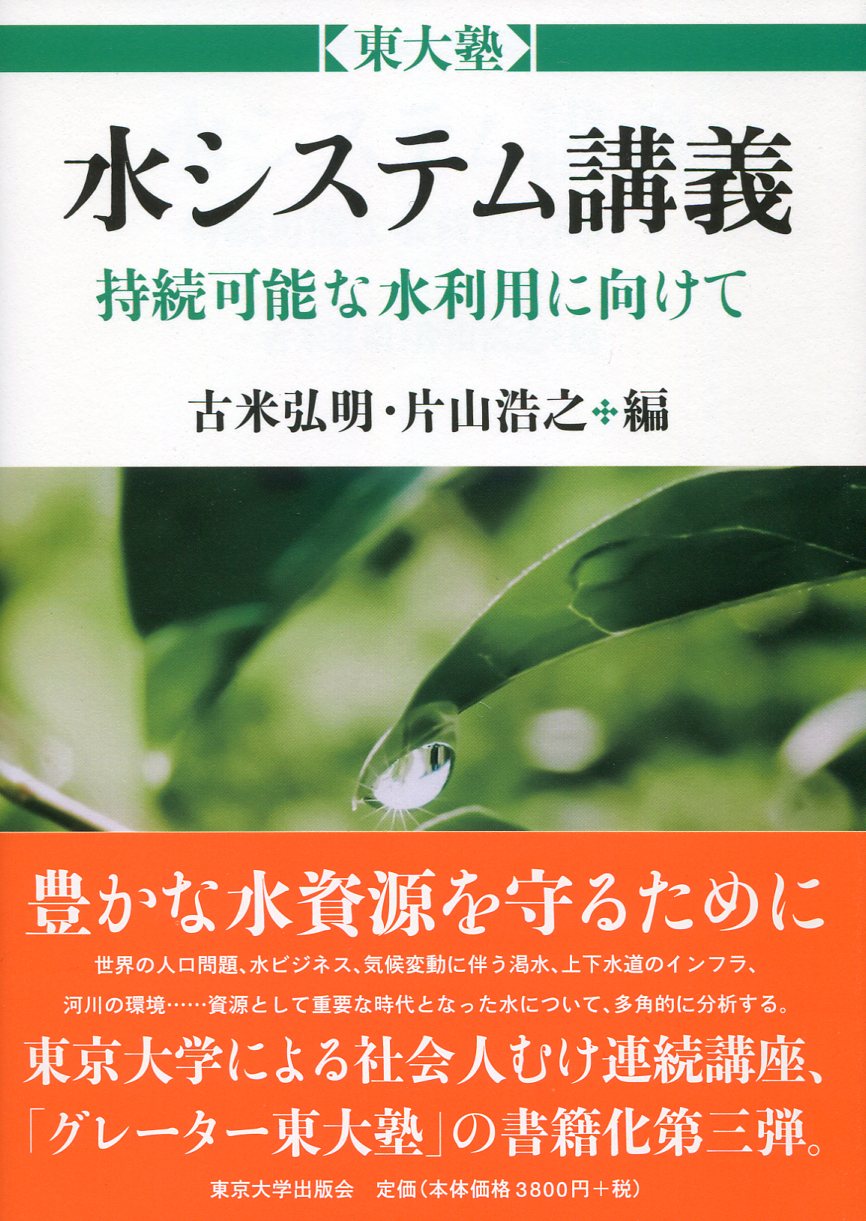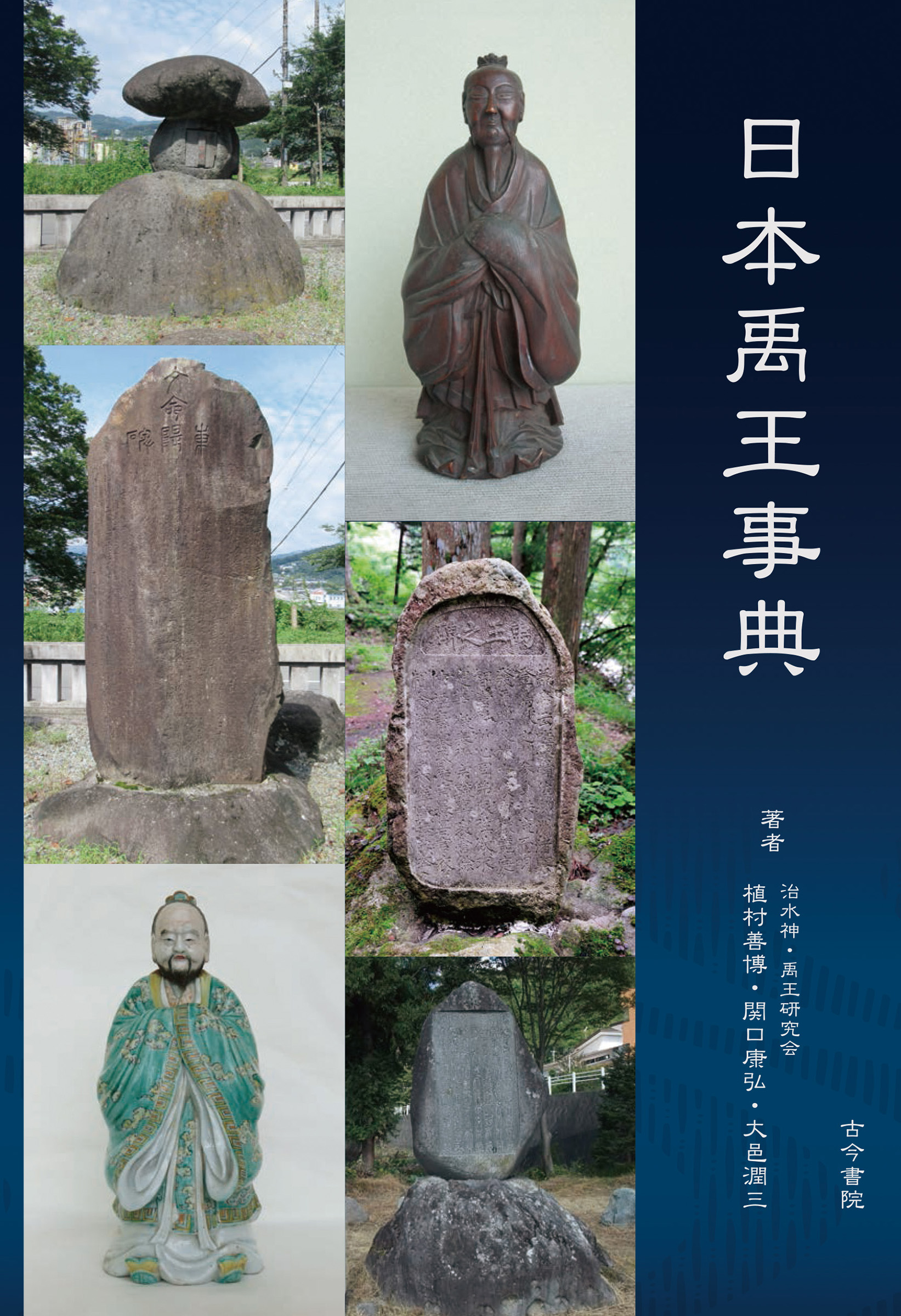
Title
Mizube no sukoyakasa shihyo (Water Environmental Soundness Index “MIZU-SHIRUBE” – Fostering familiar water environments)
Size
130 pages, A5 format
Language
Japanese
Released
October, 2016
ISBN
978-4-7655-3470-3
Published by
gihodoshuppan
Book Info
See Book Availability at Library
Japanese Page
This book was written to introduce important knowledge behind the “Water Environmental Soundness Index (MIZU-SHIRUBE)”, which was published by the Ministry of the Environment in 2009, so that the index could be generally utilized. The authors are members of a research committee on the Comprehensive Index of Water Environment established by the Japan Society on Water Environment. It summarizes the essence of activities by the research committee that has been promoting this index.
The Water Environmental Soundness Index can be used when studying the environment surrounding rivers, taking into account natural forms, living creatures, cleanliness of water, water amenities, and community usage. Its objective is to use the surrounding water environment, such as rivers, as educational tools for environmental studies. Therefore, the name “MIZU-SHIRUBE” was chosen as a nickname familiar to many people. It changed the “MICHI (path)” in “MICHI-SHIRUBE (signpost)” to “MIZU (water)” to mean “water index”. It is a measure that guides people to the ideal water environment.
Chapter 1 touches on the concept of water environments, the water environment of rivers, and the awareness of residents. Chapter 2 summarizes the fundamental knowledge necessary to consider water environments, such as laws and management policies, and new domestic and international trends. Chapter 3 explains the necessity of a comprehensive understanding of a water environment instead of relying only on water quality parameters. Chapter 4 explains the index itself, which is the title of this book, and introduces specific cases of its use and survey methods. Chapters 5 and 6 summarize cases where the index is used by municipalities, residents, NPO, elementary schools etc., and for research and development in higher educations. In the last chapter, Chapter 7, we describe the overall summary and the outlook with the hope for further development of the index.
As such, this book describes basic information on water environments and water environmental management, and clearly explains the use and significance of the index while showing the necessity of comprehensively evaluating water environments, and some case studies. We hope that not only will the interested general public, NPO, and environmental studies educators from elementary to high schools get a chance to read this book, but also university students and government officers engaged with rivers and water environments.
We hope many people will visit actual rivers, be more interested while walking along familiar bodies of water, examine the water environment while utilizing the index that employs all five senses, and discuss the soundness (health) of the water environment. As you, readers, come to understand a water environment better, consider its improvement and gain more knowledge, I hope it results in the utilization of the index as expressed in the subtitle of this book: fostering familiar water environments.
(Written by Hiroaki Furumai, Professor, School of Engineering / 2018)



 Find a book
Find a book


 eBook
eBook
